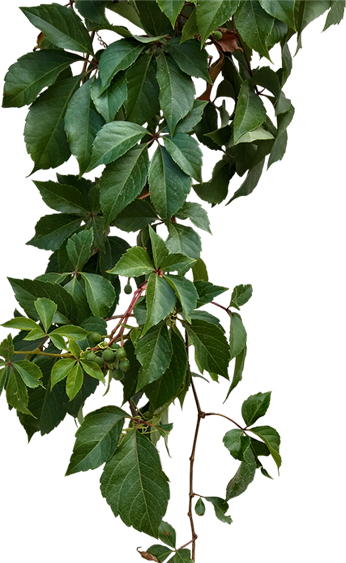
What Is The Photosynthesis Process ?
- Home
- What Is The Photosynthesis Process ?
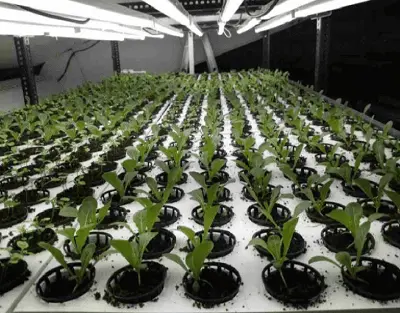
What Is The Photosynthesis Process ?
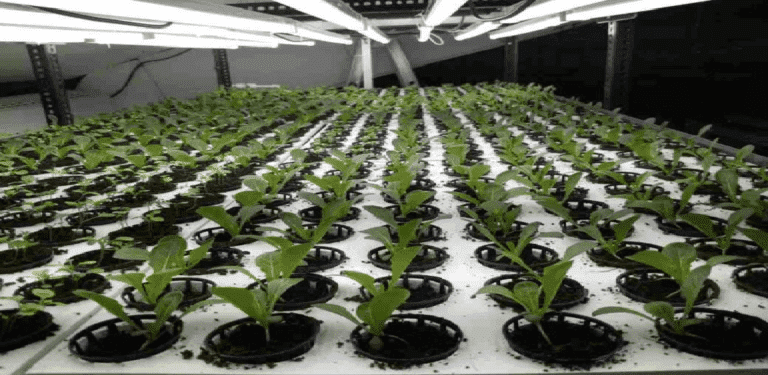
Photosynthesis is the process in which light energy is converted into chemical energy. Using the energy of light, carbohydrates such as sugars are synthesised from carbon dioxide and water.
The process of photosynthesis occurs when green plants use the energy of light to convert carbon dioxide (CO2) and water (H2O) into carbohydrates. Light energy is absorbed by chlorophyll, a photosynthetic pigment of the plant, while air containing carbon dioxide and oxygen enters the plant through the leaf stomata. An extremely important by-product of photosynthesis is oxygen, on which most organisms depend.
Glucose, a carbohydrate processed during photosynthesis, is mostly used by plants as an energy source to build leaves, flowers, fruits, and seeds. Molecules of glucose later combine with each other to form more complex carbohydrates such as starch and cellulose. The cellulose is the structural material used in plant cell walls. Photosynthesis provides the basic energy source for virtually all organisms.
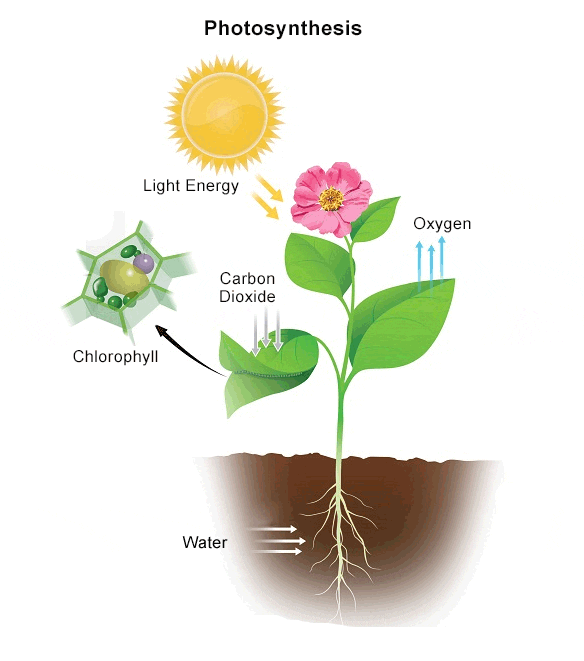
We can express the overall reaction of photosynthesis as:
6CO2 + H2O =( Light Energy ) -> C6H1206+ 02
(six molecules of water plus six molecules of carbon dioxide produce one molecule of sugar plus six molecules of oxygen)
Photosynthesis takes place primarily in leaves and little to none occurs in stems. It takes place within specialised cell structures called chloroplasts.
Photosynthesis is a fascinating natural process that lies at the core of life on Earth. It is the mechanism by which green plants, algae, and some bacteria convert sunlight into chemical energy, sustaining themselves and supporting all living organisms indirectly. This article dives deep into what is photosynthesis, the photosynthesis process in plants, and its significance to life on Earth.
What Is Photosynthesis?
Photosynthesis is the process by which plants harness sunlight, water, and carbon dioxide to produce glucose and oxygen. This biochemical process takes place in the chloroplasts of plant cells, which contain chlorophyll, the green pigment essential for absorbing light. The importance of photosynthesis energy source—sunlight—cannot be overstated, as it is the initial input that powers the entire food chain.
The Process of Photosynthesis in Plants
The process of photosynthesis is divided into two primary stages: the light-dependent reactions and the Calvin cycle, also known as the light-independent reactions or the dark reactions. Both stages work in harmony to complete the photosynthesis cycle.
Light-Dependent Reactions
The light-dependent reactions occur in the thylakoid membranes of chloroplasts. During these reactions:
Chlorophyll absorbs sunlight, the primary energy source of photosynthesis, energizing electrons.
This energy splits water molecules into oxygen, protons, and electrons, a process called photolysis.
Oxygen is released as a by-product, while ATP (adenosine triphosphate) and NADPH (nicotinamide adenine dinucleotide phosphate) are generated to store energy for the next stage.
Calvin Cycle (Light-Independent Reactions)
In the Calvin cycle, which occurs in the stroma of chloroplasts:
Carbon dioxide is fixed into organic molecules through a series of reactions.
ATP and NADPH produced in the light-dependent stage power these reactions, resulting in the formation of glucose.
This glucose serves as a key energy source for plants and the organisms that consume them.
These two stages together complete the photosynthesis steps, efficiently converting solar energy into a storable form.
Photosynthesis Reaction: The Chemical Equation
The overall photosynthesis reaction can be summarized by the following equation:
6CO2+6H2O+light energy→C6H12O6+6O26CO_2 + 6H_2O + \text{light energy} \rightarrow C_6H_{12}O_6 + 6O_2
6CO2+6H2O+light energy→C6H12O6+6O2
This equation represents how carbon dioxide and water, in the presence of sunlight and chlorophyll, yield glucose and oxygen. Understanding what is the photosynthesis is incomplete without recognizing the pivotal role of this chemical transformation.
Photosynthesis Explanation and Mechanism
To explain the process of photosynthesis in a plant in detail, we must consider its efficiency and adaptability. Photosynthesis is a finely tuned process adapted to different environmental conditions through variations like C3, C4, and CAM photosynthesis. These adaptations allow plants to maximize efficiency in diverse habitats, from tropical rainforests to arid deserts.
Photosynthesis is the process by which plants achieve a balance between energy production and water conservation. For example, in C4 plants like maize, the photosynthesis steps are modified to minimize water loss in hot climates.
Energy Source of Photosynthesis
The sun is the ultimate photosynthesis energy source, emitting the light that fuels this complex reaction. Chlorophyll molecules absorb light most effectively in the blue and red wavelengths, while green light is reflected, giving plants their characteristic color.
Without sunlight, the energy source of photosynthesis would be absent, halting the process and disrupting the food chain. This underscores the dependence of all life on the sun.
Describe the Process of Photosynthesis in Flowers and Leaves
Flowers may not directly contribute to the photosynthesis process in plants, as their primary function is reproduction. However, the leaves of plants, where chloroplasts are abundant, are the true workhorses of plant photosynthesis.
Sunlight strikes the leaves, activating chlorophyll.
Water absorbed by the roots is transported to the leaves through xylem vessels.
Carbon dioxide enters through stomata, small openings on the leaf surface.
The photosynthesis cycle proceeds, producing glucose stored as starch and oxygen released into the atmosphere.
Importance of Photosynthesis in Plants
The photosynthesis process is not merely about energy production. It also maintains atmospheric oxygen levels, making Earth habitable. Moreover, it forms the basis of the food web, as plants serve as primary producers.
Explain the Mechanism of Photosynthesis
The intricate mechanism of photosynthesis in plants showcases nature’s brilliance. From capturing light energy to synthesizing glucose, each step involves highly specialized structures and enzymes. Scientists continue to study these mechanisms to understand and replicate them for human benefit, such as artificial photosynthesis for renewable energy.
Photosynthesis and the Environment
Understanding what is the process of photosynthesis helps us appreciate its role in carbon sequestration. Plants absorb billions of tons of CO2 annually, mitigating climate change. Promoting photosynthesis in plants through reforestation and sustainable farming practices is essential for environmental health.
The Photosynthesis Cycle in a Changing World
The efficiency of the photosynthesis process is threatened by factors like deforestation, pollution, and climate change. Rising temperatures can disrupt the photosynthesis steps, affecting crop yields and global food security. Addressing these challenges requires a deeper understanding of what is photosynthesis and its applications in conservation.
Conclusion
Photosynthesis is a cornerstone of life, enabling plants to harness the photosynthesis energy source of sunlight and sustain ecosystems. Whether you seek to describe the process of photosynthesis or delve into its chemical intricacies, this phenomenon remains a testament to nature’s ingenuity. As we face global environmental challenges, protecting and enhancing plant photosynthesis is more vital than ever. Understanding what is photosynthesis? and its broader implications equips us to cherish and preserve this life-giving process.
References:
- Blog Categories
- Basic of Artificial Lighting for Plants
- Basic of grow Light
- Case Studies
- General Awareness
- Indoor Vertical Farming
- Medical Plant Research
- Online Tool
- Pitch Grow Light
- Plant Lighting Measurement
- Speed Breeding
- Supplemental Lighting
- Tissue Culture Grow Lights
- Vertical Green Wall
- LED Grow Lights
- Pharma Segment
- General
Shop Products
4Ft 36W Grow Light for Leafy Vegetables
₹925.00 – ₹1,350.00Price range: ₹925.00 through ₹1,350.00
2Ft 9W Grow Light for Leafy Vegetables
₹350.00 – ₹650.00Price range: ₹350.00 through ₹650.00
Popular Products
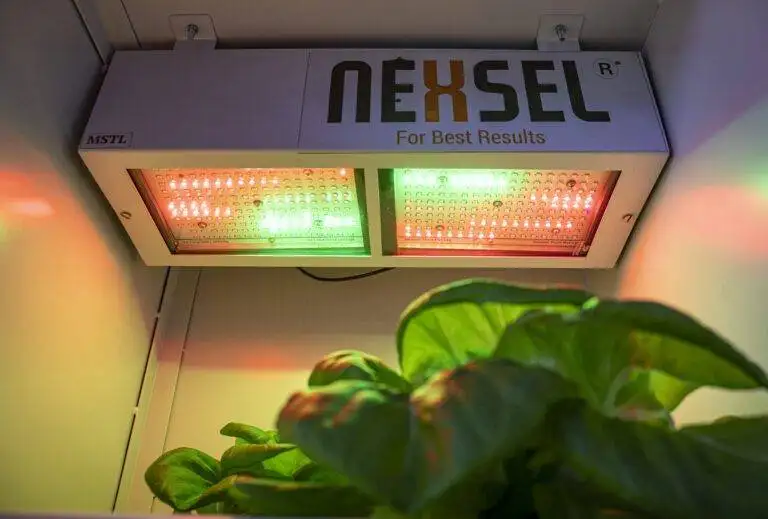
Enquire Now
Quick Link
Other Links
Design & Developed By VBTEK



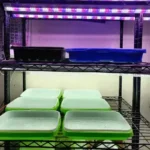
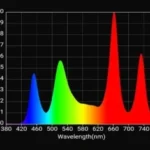
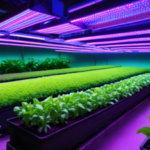
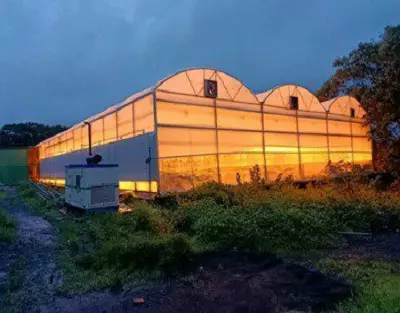
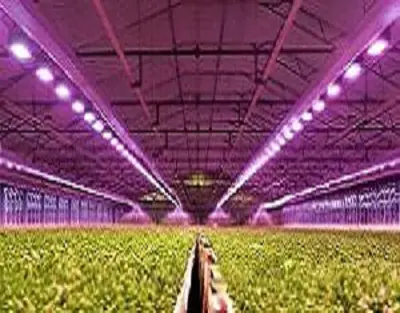
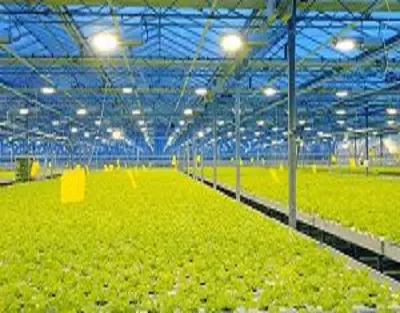


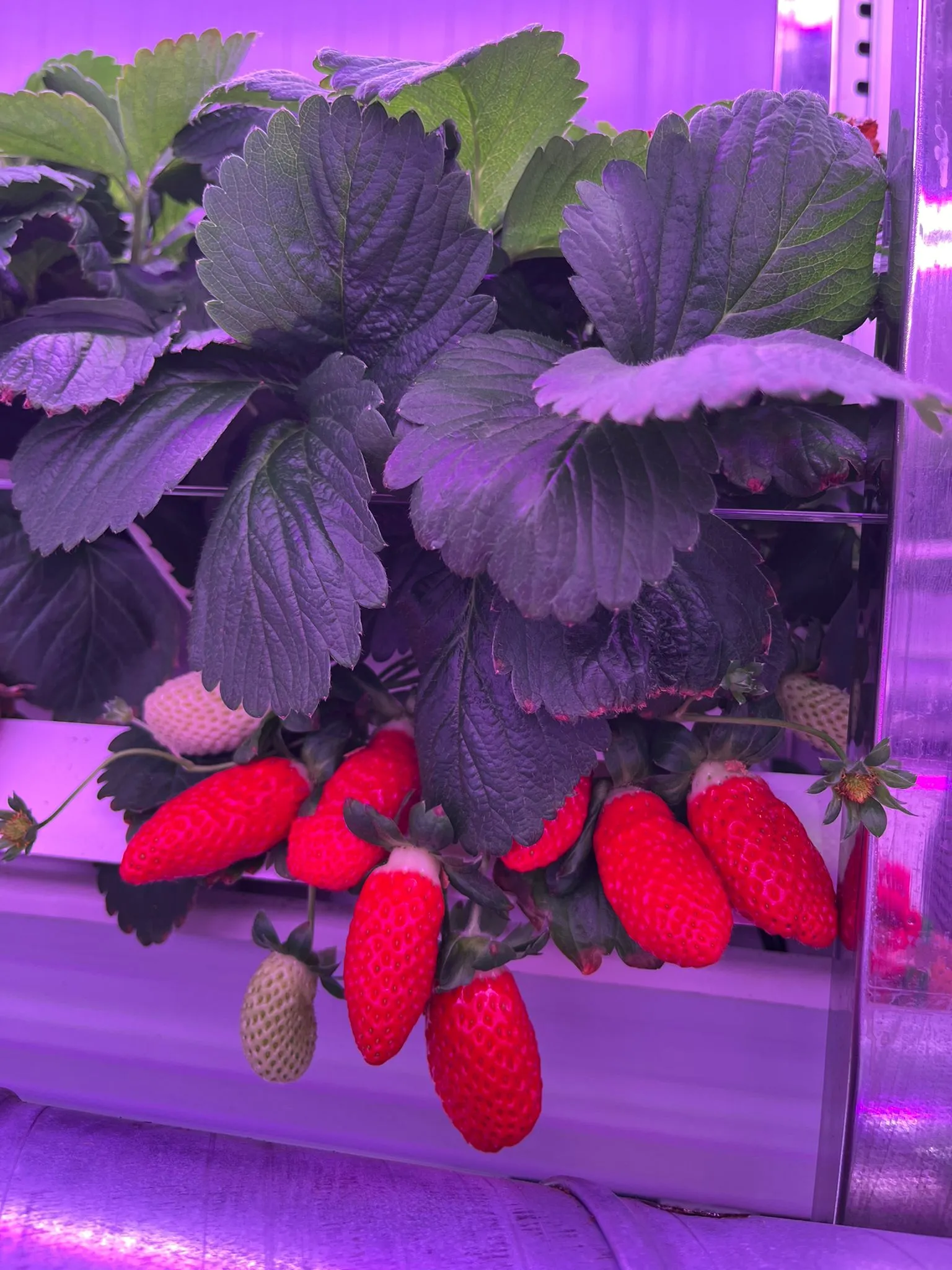

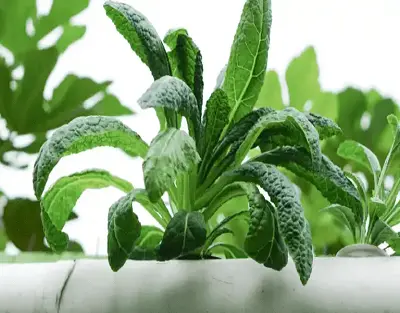
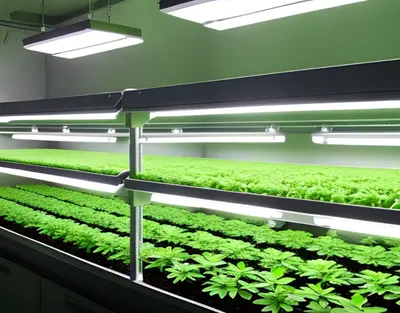










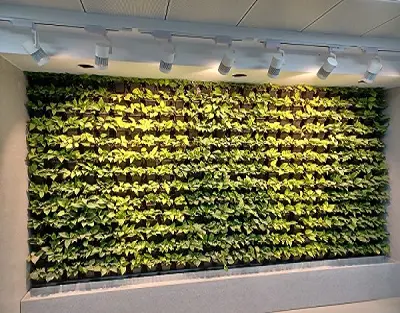
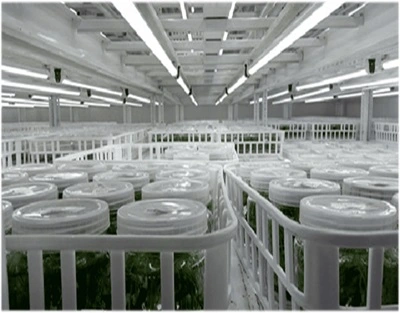

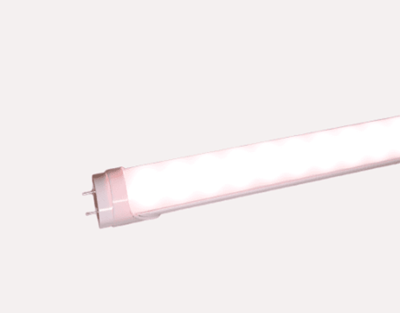
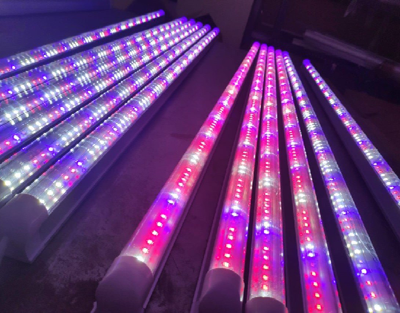

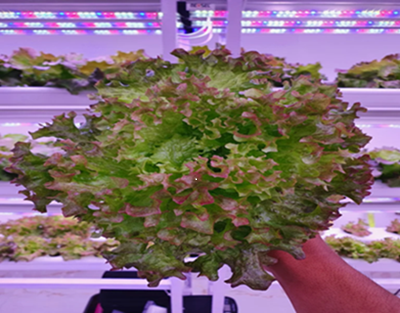
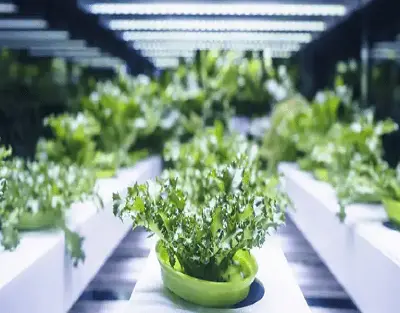
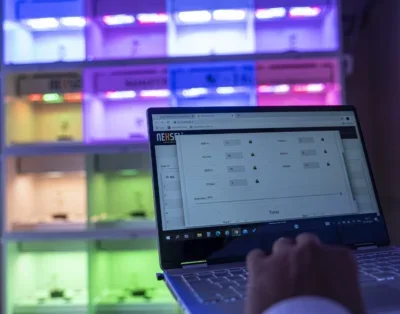


Leave A Comment